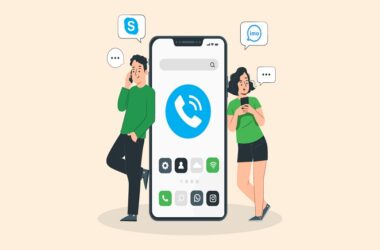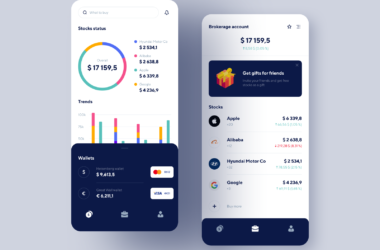Traveling to a foreign country can be exciting but also nerve-wracking. You’ll have to deal with jet lag, unfamiliar cultures, and trying to find your way around a new city. That’s why you must do everything you can before leaving for your trip so that you’re prepared for any situation that might arise
when you arrive at your destination.
Before traveling, I recommend purchasing an instant translator on your phone or tablet so that communication will not be an issue no matter where you go or what situation arises.
Don’t go for a free app.
You may find yourself tempted by free apps when looking for a language translation app. Although they are the most popular option, there are better options for your needs. Free apps often have hidden fees and ads that can cost you more money in the long run.
They may also be insecure and open to hacking attacks because of poor security features or no security at all. In addition, many free language translators don’t offer accurate translations due to their limited ability to translate between languages and dialects or even within some areas of a country or culture (for example, British vs. American English). If accuracy is important to you, it’s worth paying for a dedicated professional translation service instead of using a free app on your phone!
Check the languages offered by the app.
Different vendors provide language translators. The language translator you choose should have a variety of languages to choose from, such as English, Spanish, French, and Chinese. When we say “variety,” you need to check the number of languages the app supports before downloading it on your smartphone or tablet.
If your device has a voice translator, ensure that this feature is compatible with iOS and Android systems (if not all). Otherwise, you will not be able to use this tool if your phone has an older version of the Android operating system or iOS system, such as iOS 6+.
Check the supported features.
Voice input. Many apps can accept voice input, but not all of them allow you to listen back to your speech in real time. Check if your app supports this feature and use it when practicing for a speech or presentation.
Voice output. Some apps make it possible for you to listen back to your translated transcript as soon as you’ve finished speaking so that you can spot any errors and correct them before they become part of your presentation or speech.
Text input & text output. If you want the app to convert handwritten words into text format, make sure it has support for handwriting detection, too (so that the device knows what letters are being written).
Choose a voice translator that works in real time.
A voice translator works in real-time, allowing you to speak and translate simultaneously. This is important because it allows you to communicate with others, or even yourself, in different languages while speaking simultaneously. It’s also important because it can translate a wide range of languages.
Choose a suitable translator device.
The device should be small and portable. You want to be able to carry it around in your pocket or bag without noticing it’s there, and you want it to take up only a little space on your desk or kitchen table.
The device should also be easy to use. If the translator is challenging to operate, it will see less use as a product that is more intuitive and easier for people of all ages, genders, etc., to use daily without any trouble!
Conclusion
In the end, it all comes down to what you need. If you’re looking for a text translator app that works with almost any combination of languages, look no further than Google Translate. On the other hand, if your needs are more specific or limited – like wanting a voice translator that works in real-time – there are some great options out there as well!






